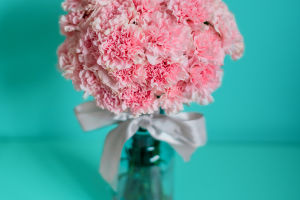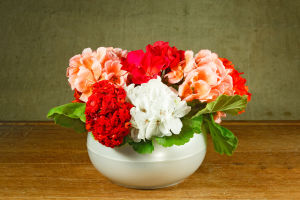In the vibrant canvas of spring gardens, hyacinths stand out, drawing attention with their vivid colours and enchanting fragrances.
While their flowering period may be fleeting, employing appropriate maintenance techniques can extend it, allowing enthusiasts to bask in their beauty and aroma for longer.
Understanding Hyacinth's Flowering Season
Hyacinthus orientalis, commonly known as hyacinth, is a bulbous perennial plant that typically graces gardens with its blooms in the spring.
Generally, the flowering period of hyacinths spans a modest 2 to 3 weeks, contingent upon various factors, including the variety, prevailing climatic conditions, and the nurturing environment.
Typically, these charming blossoms appear from March through April, occasionally lingering until early May, bestowing a burst of color and fragrance to the awakening landscape.
Proven Techniques for Extending Hyacinth's Blooming Season
1. Selecting the Appropriate Variety
Different hyacinth varieties exhibit slight variations in their blooming schedules, with some boasting more extended flowering periods than others.
Hence, when selecting hyacinth bulbs for planting, opt for varieties renowned for their extended flowering durations and resilience to cold climates. Varieties such as 'Carnegie' and 'Delft Blue' are notable examples that promise a prolonged display of floral elegance.
2. Creating Optimal Environmental Conditions
Hyacinths thrive in environments characterized by ample sunlight and well-ventilated surroundings.
To optimize their growth and extend their flowering period, position hyacinth bulbs in areas that receive abundant sunlight and ensure proper air circulation, such conditions foster robust growth and facilitate a protracted bloom.
3. Managing Moisture and Temperature Levels
Hyacinths demand precise moisture levels and temperatures for optimal growth and blooming. Keep the soil moist, but refrain from overwatering to prevent bulb rot.
Additionally, regulating room temperatures within the range of 15-18 degrees Celsius fosters an environment conducive to prolonged blooming, ensuring the floral spectacle persists.
4. Prompt Removal of Spent Flowers
Regularly inspect hyacinth plants and promptly remove spent flowers to redirect the plant's energy toward developing new buds. This practice enhances the aesthetic appeal and extends the flowering period, ensuring a continuous profusion of blooms.
5. Strategic Fertilization for Enhanced Vigor
Applying fertilizers judiciously during the growth phase of hyacinths bolsters their vitality, extending their bloom duration.
Opt for fertilizers enriched with nitrogen, phosphorus, potassium, and other essential nutrients, adhering to the recommended dosage outlined on the packaging. This regimen fortifies the plants, prolonging the floral extravaganza.
In Conclusion
As ephemeral marvels in the tapestry of springtime landscapes, hyacinths captivate with their brief yet resplendent flowering period. By implementing the above techniques, enthusiasts can prolong the bloom of hyacinths, immersing themselves in their allure for an extended interval.
May these insights empower you to cultivate hyacinths with finesse, enrich your garden with a symphony of color and fragrance, and infuse spring's spirit with renewed vitality and splendor!


